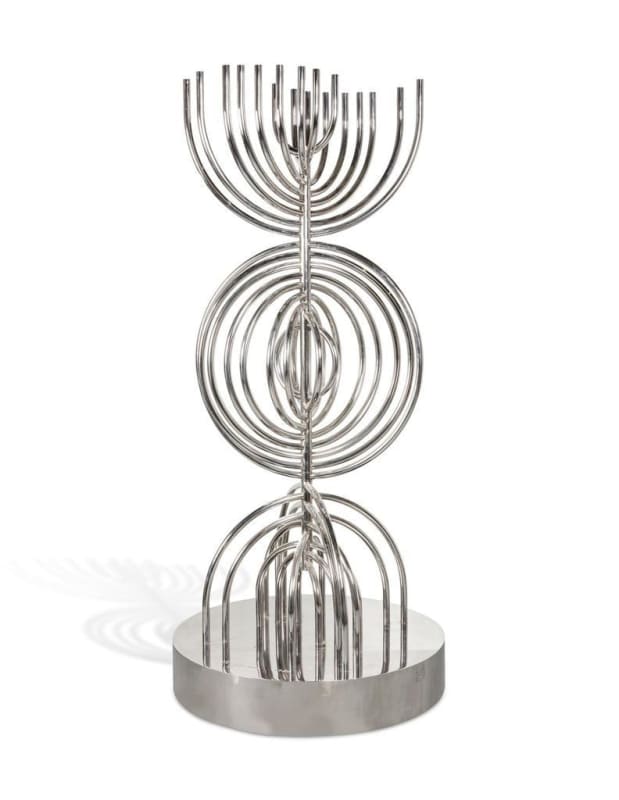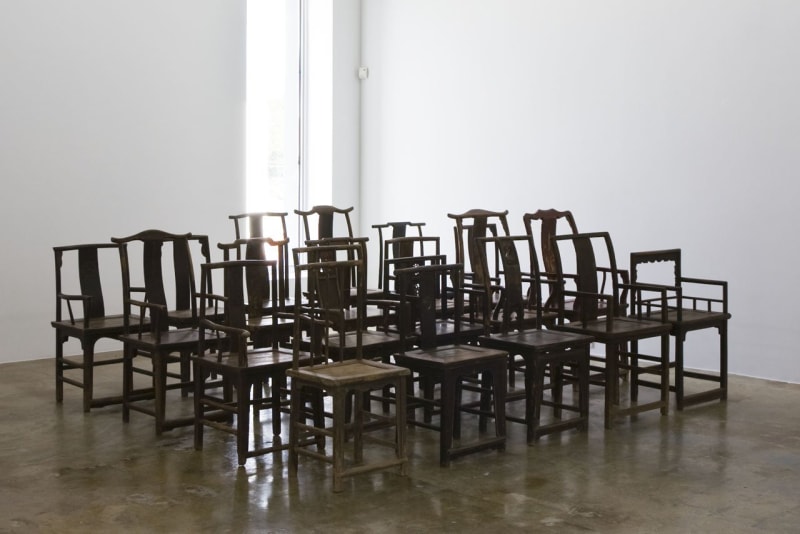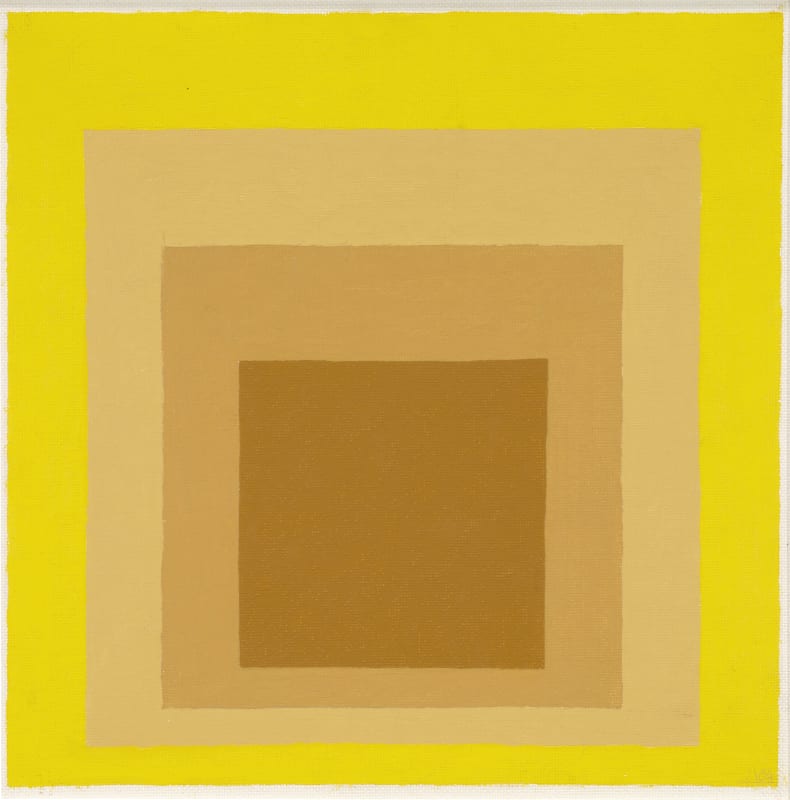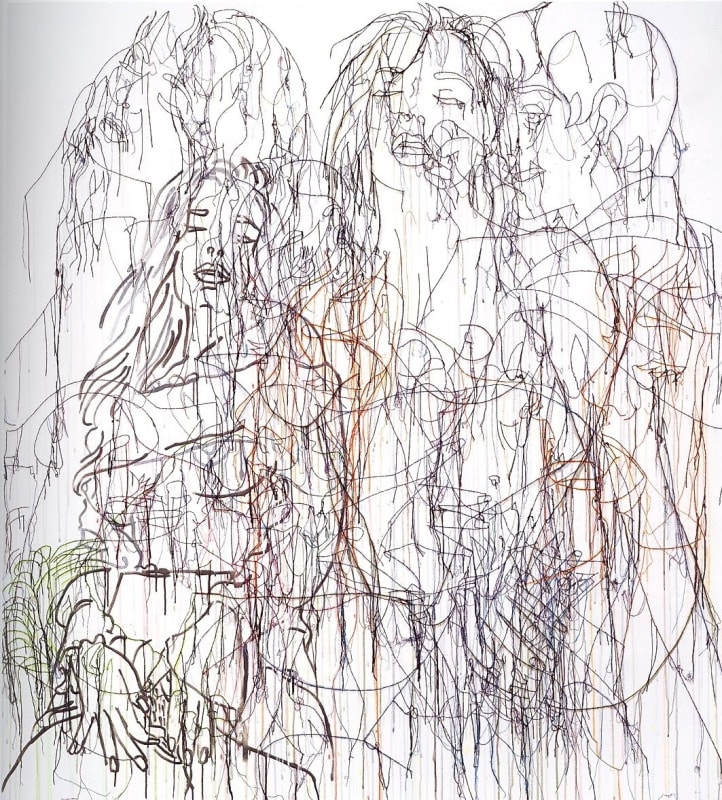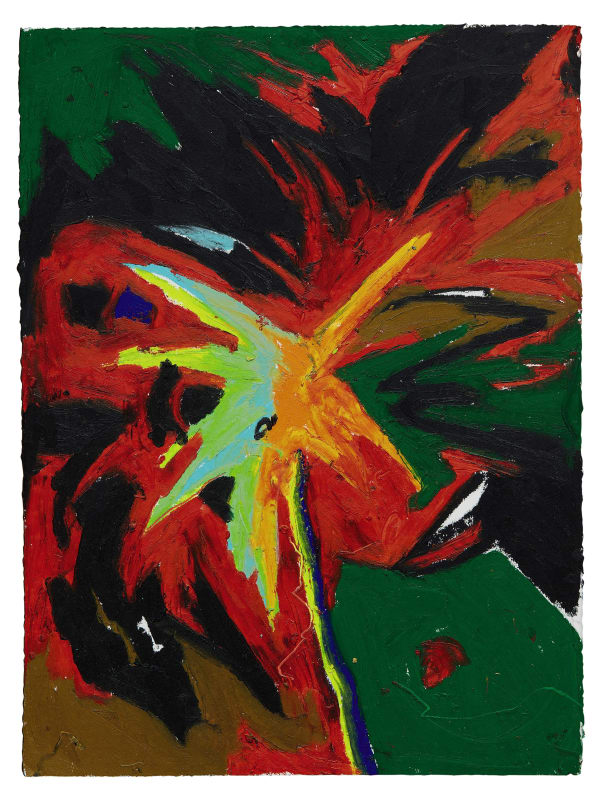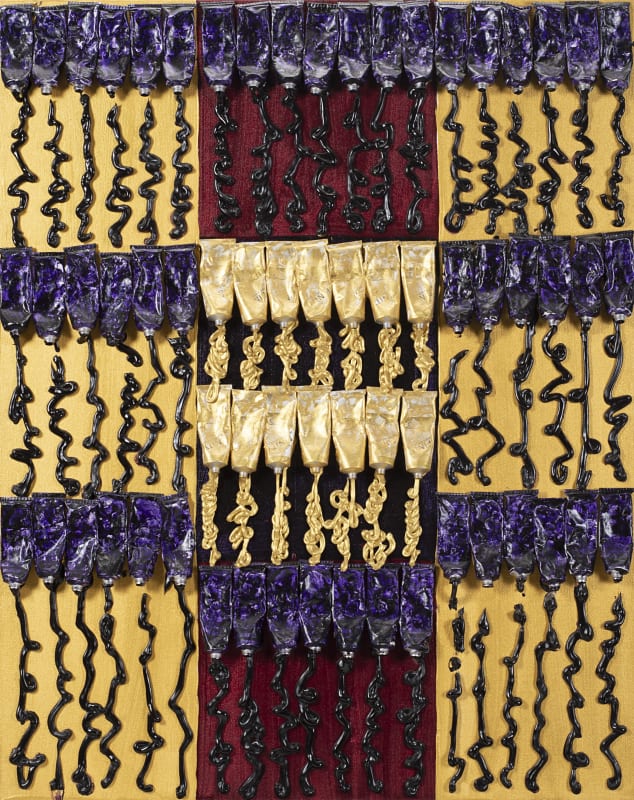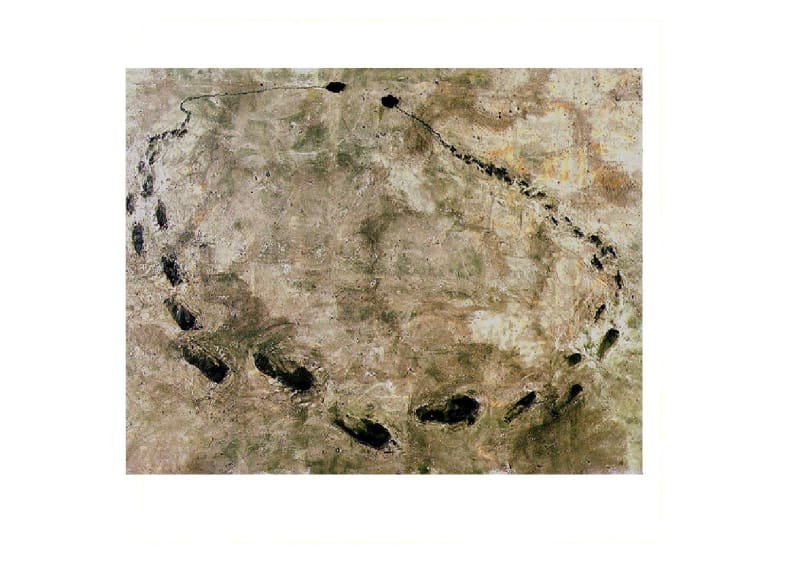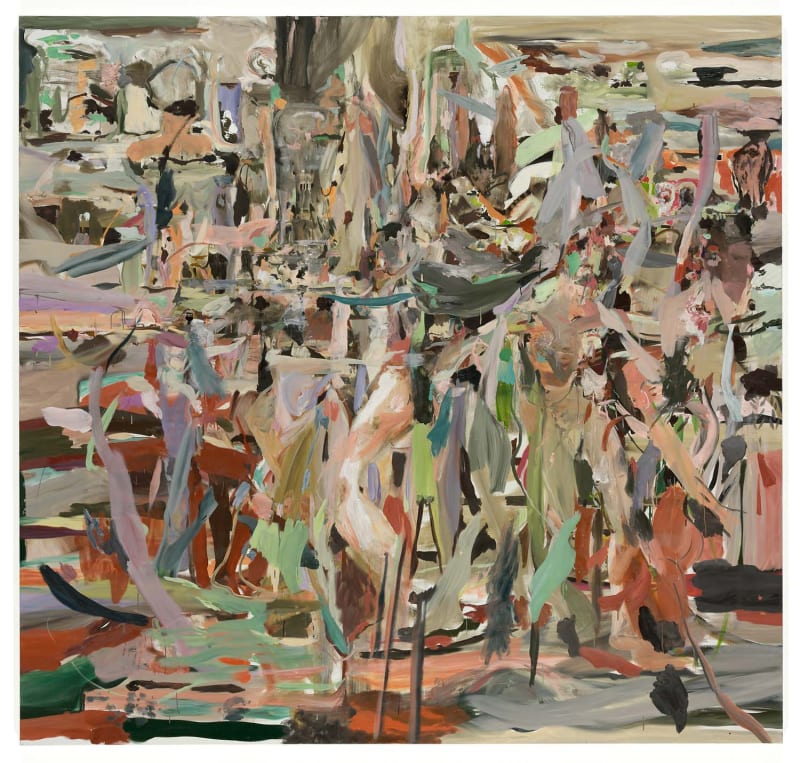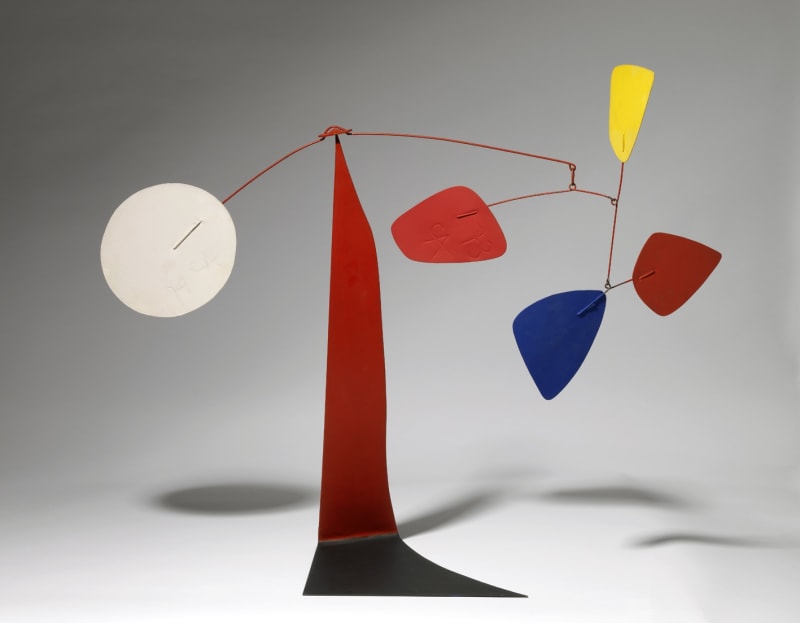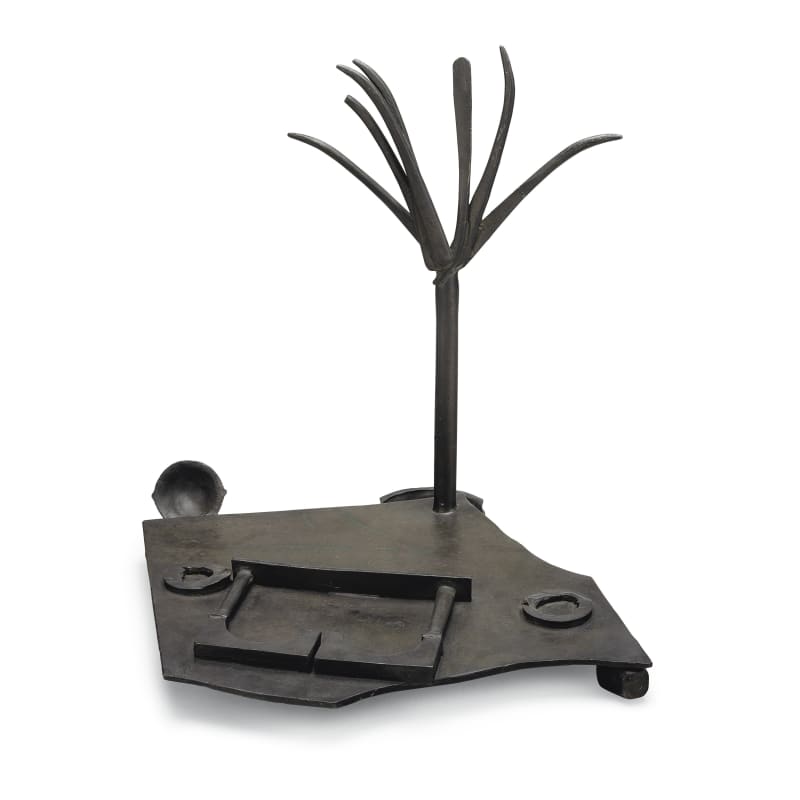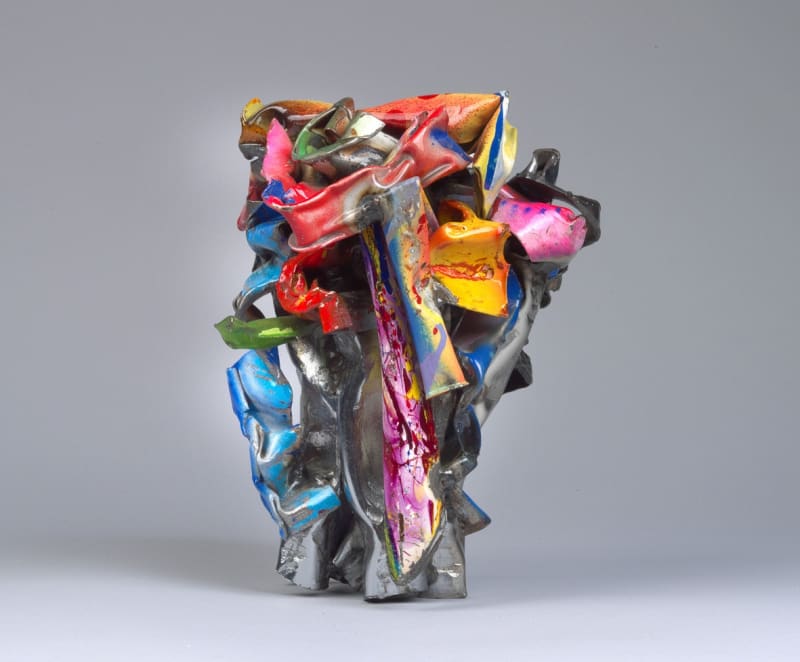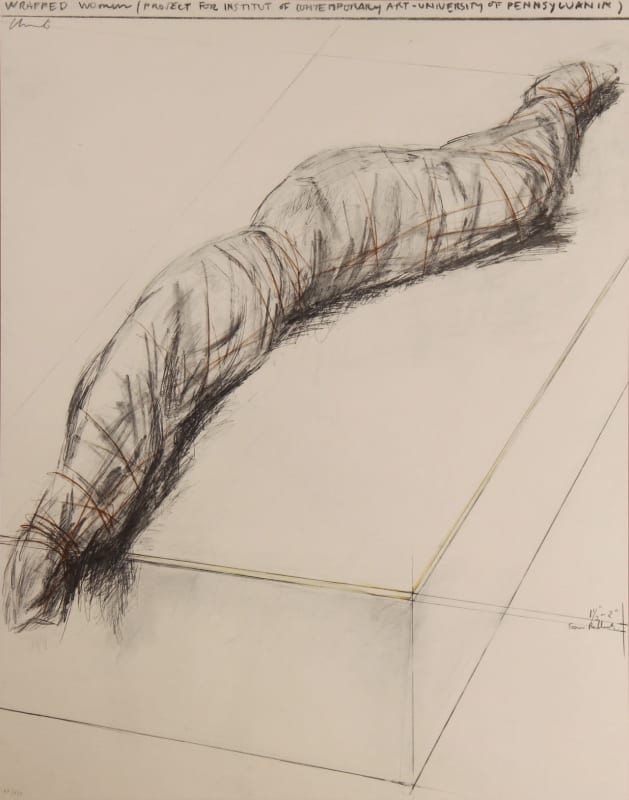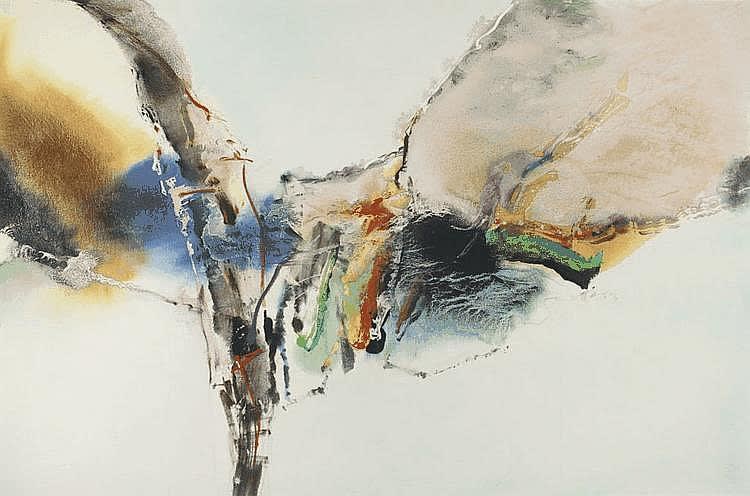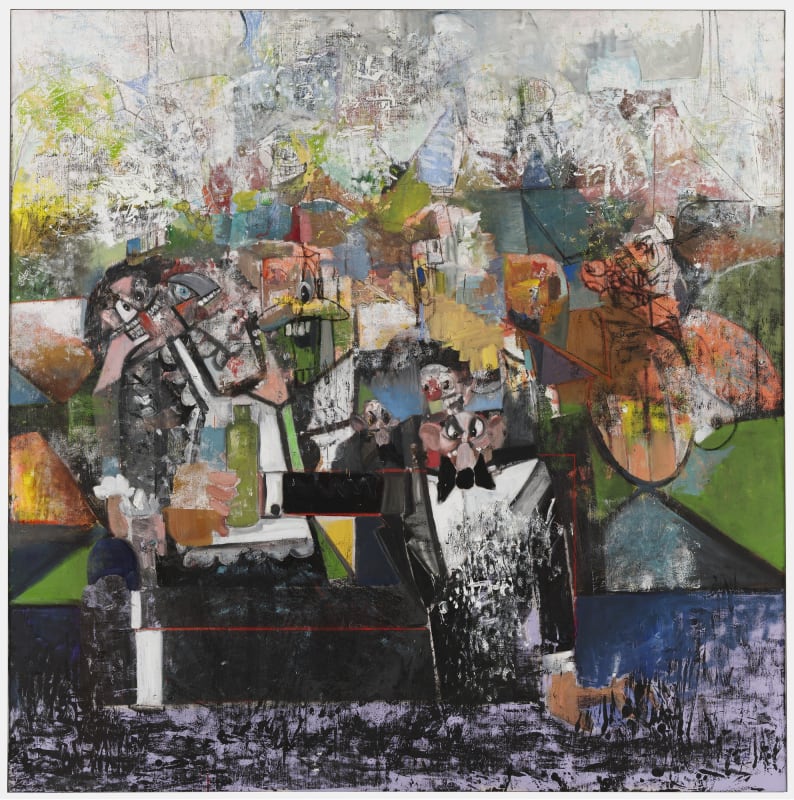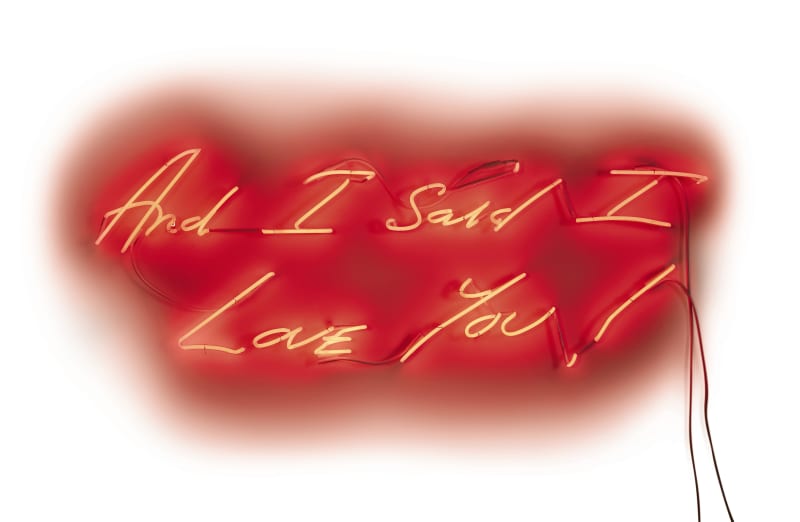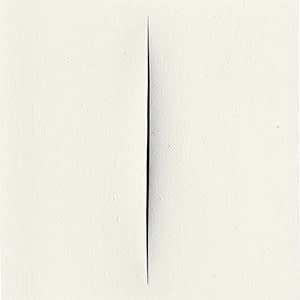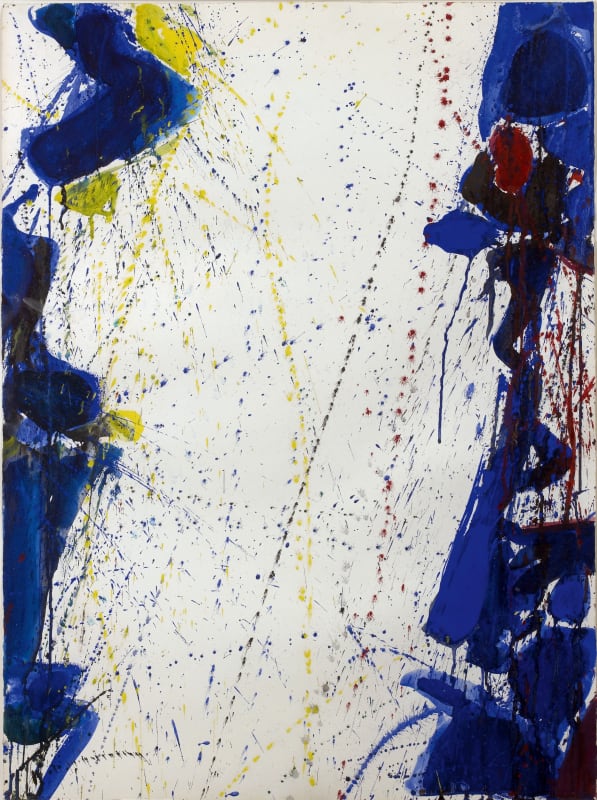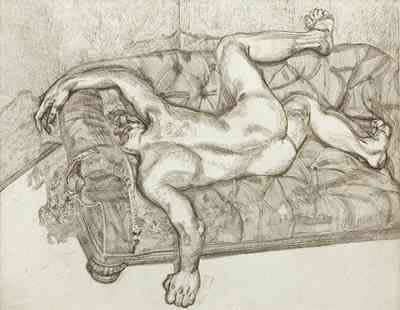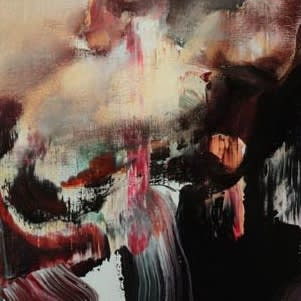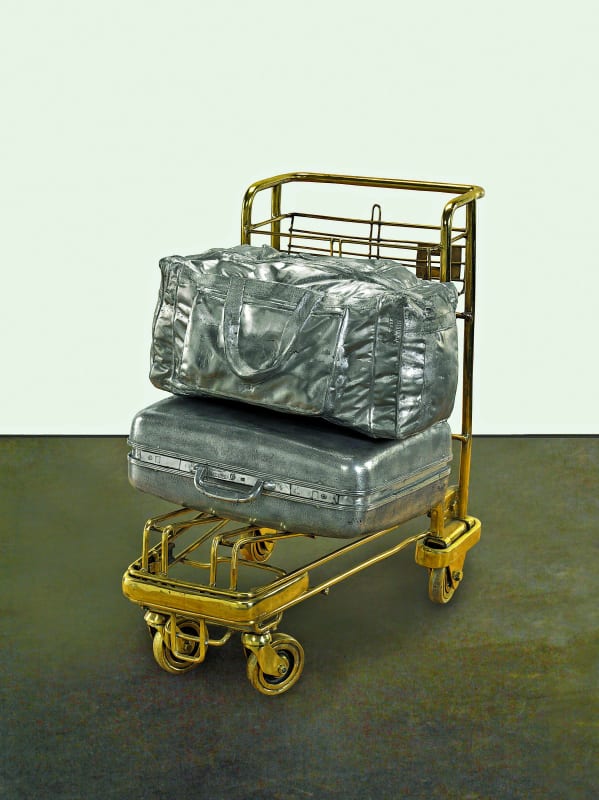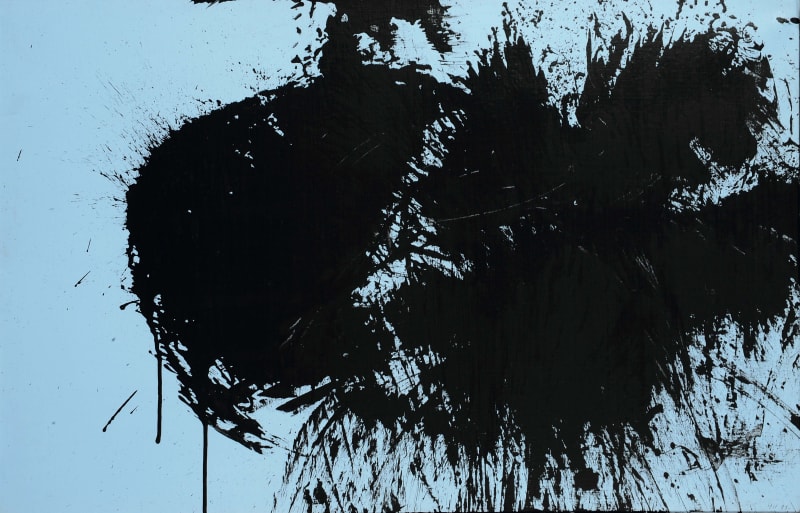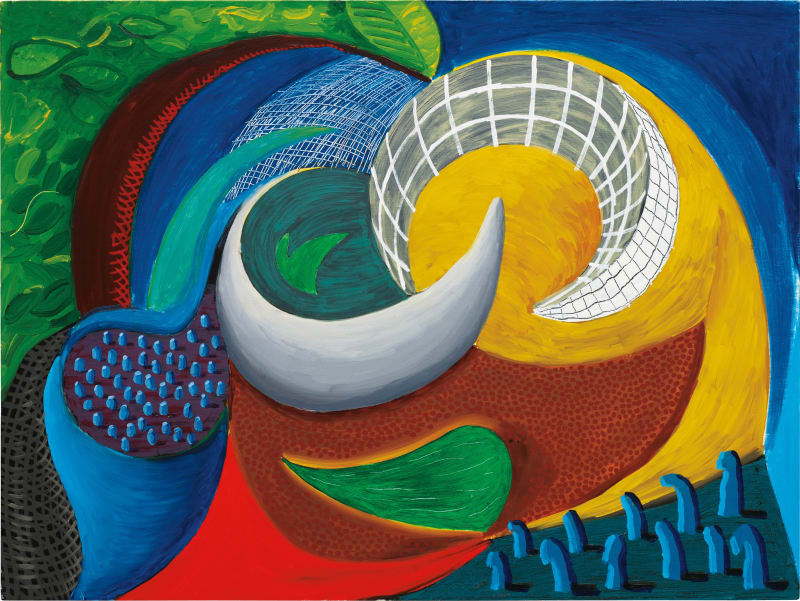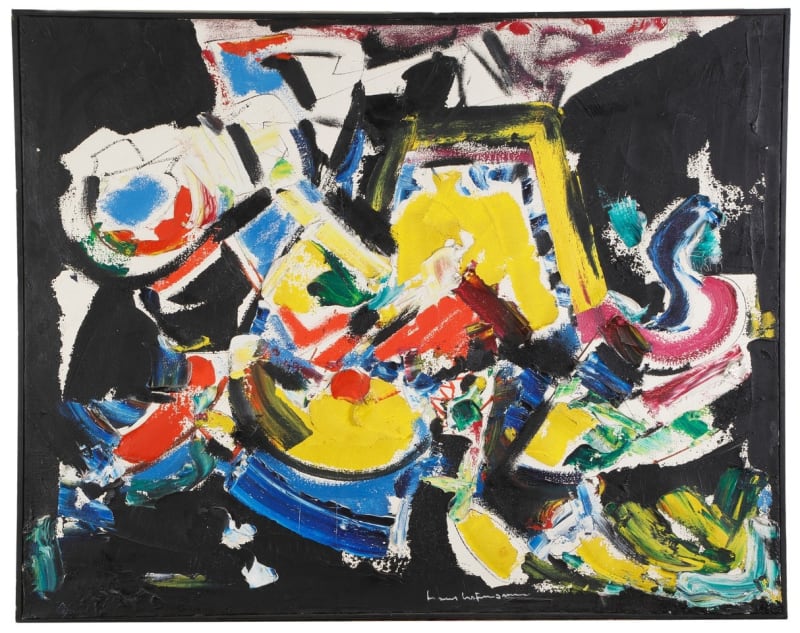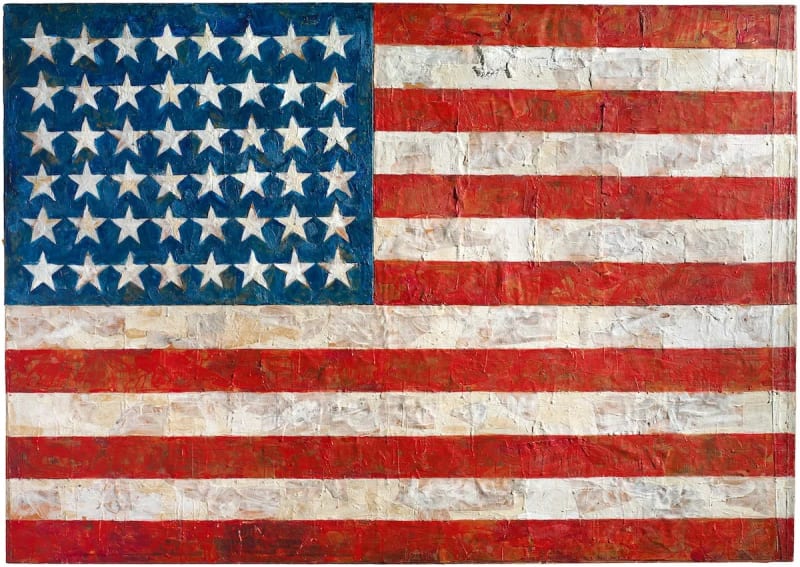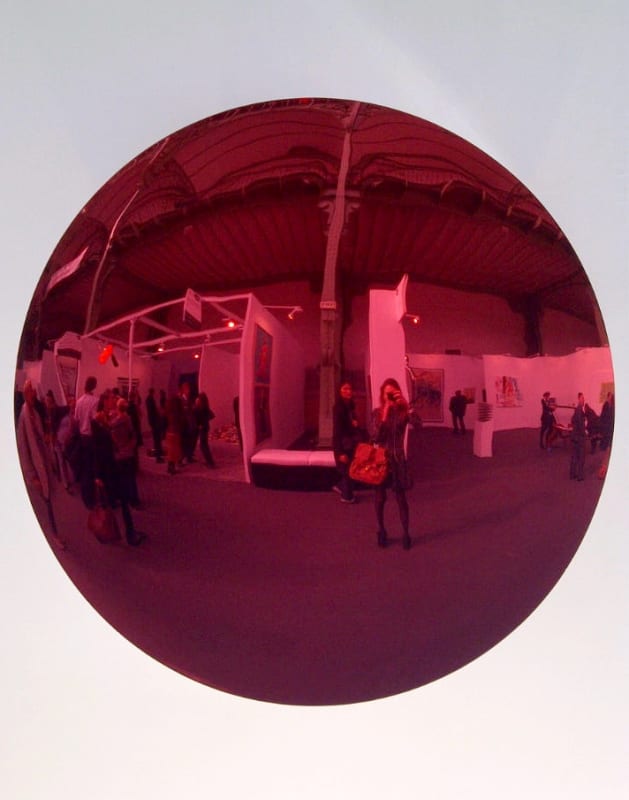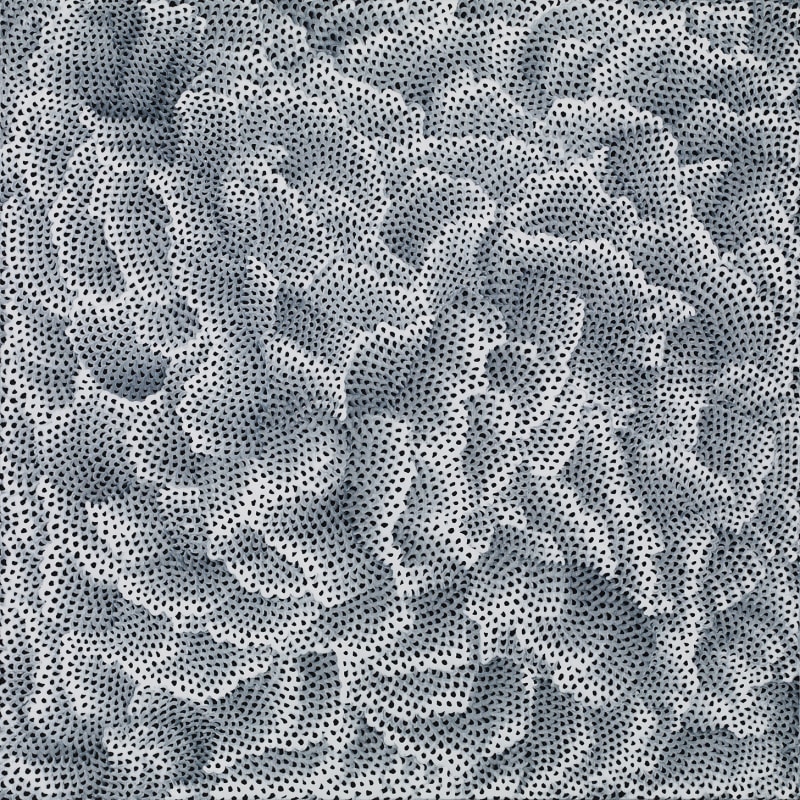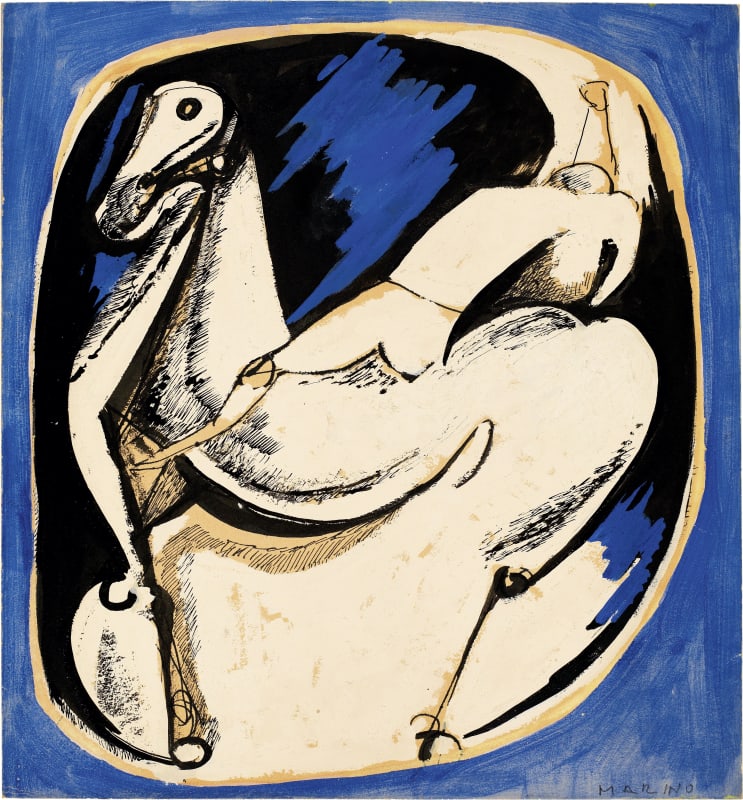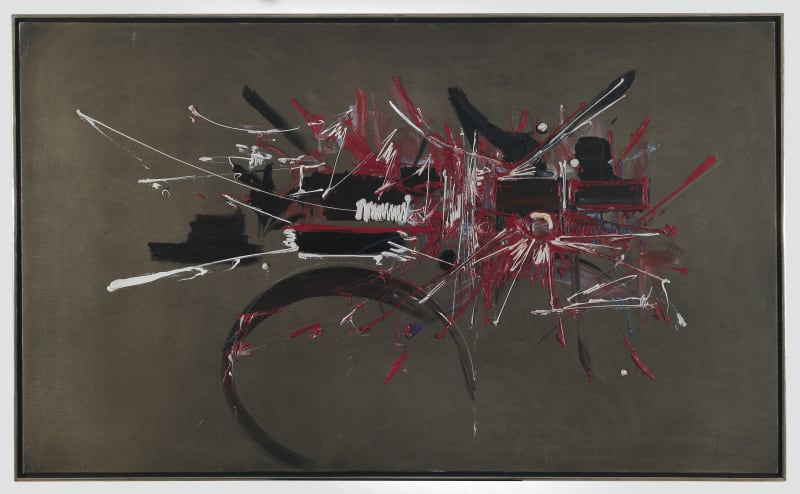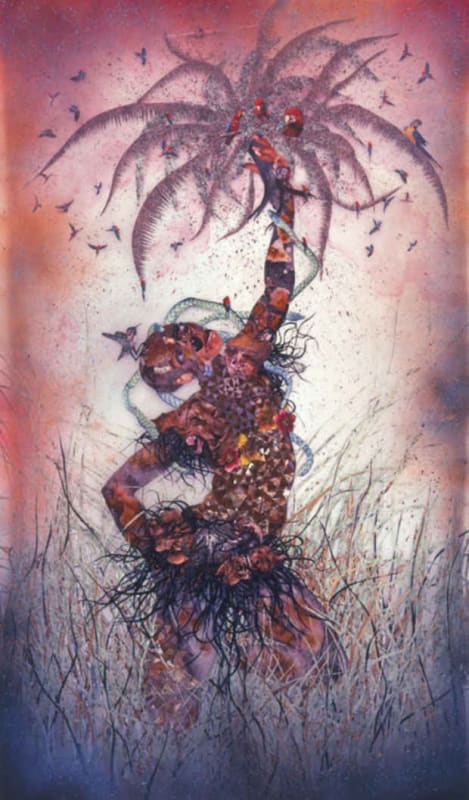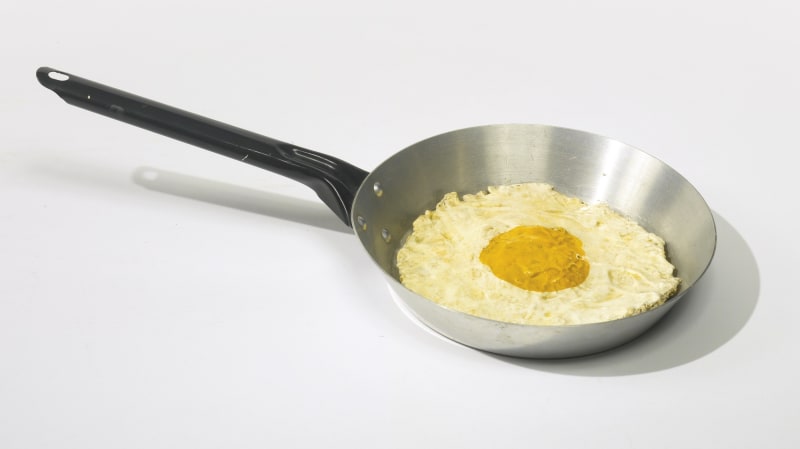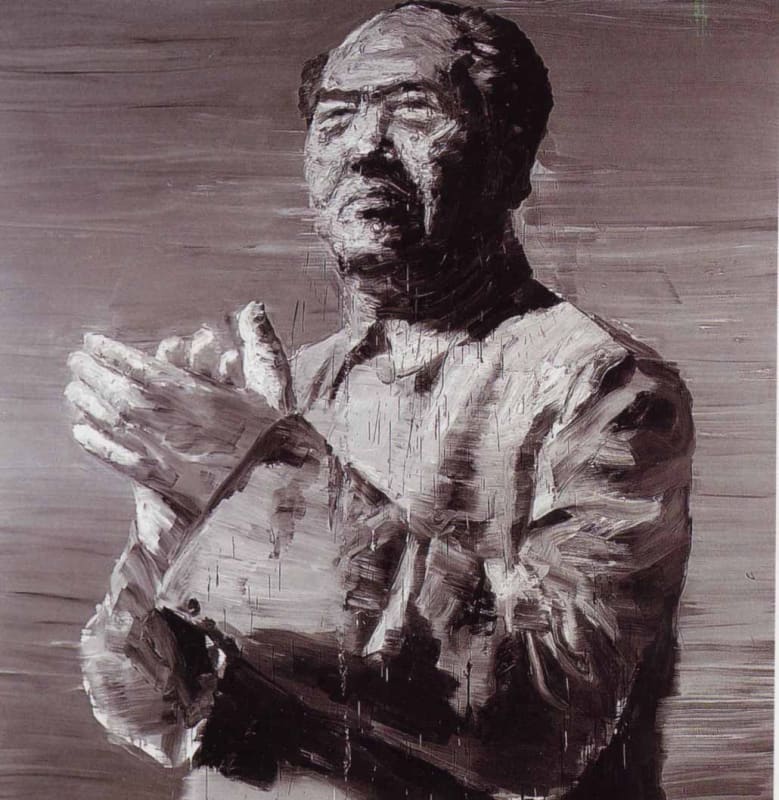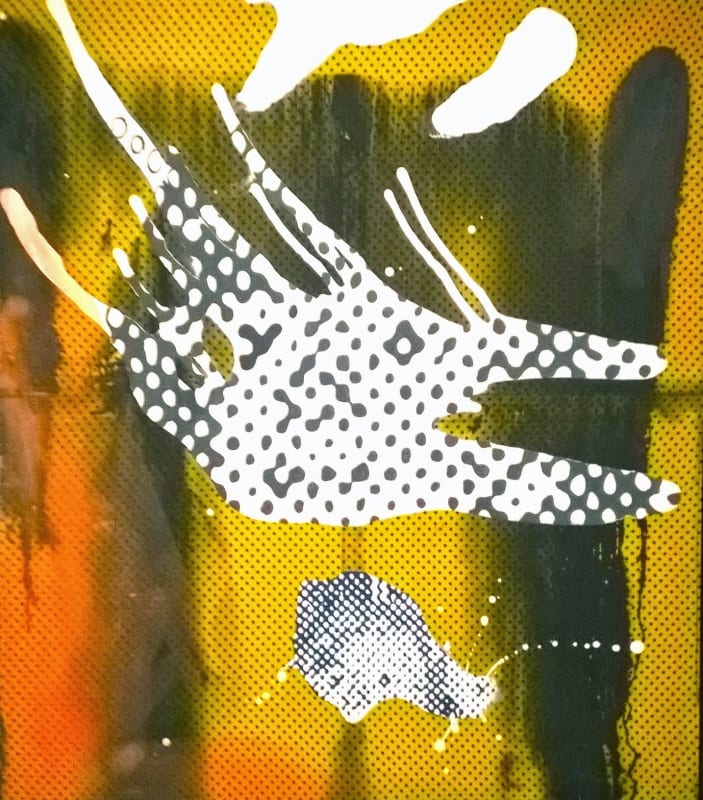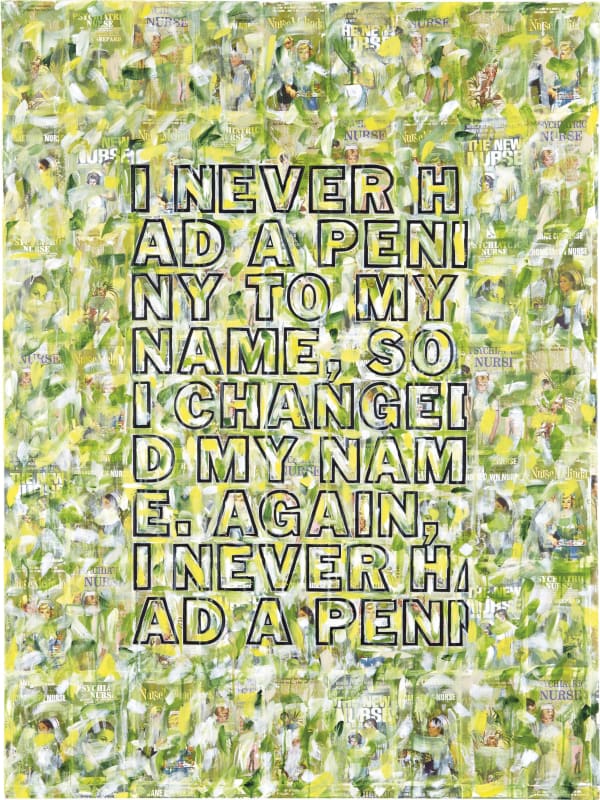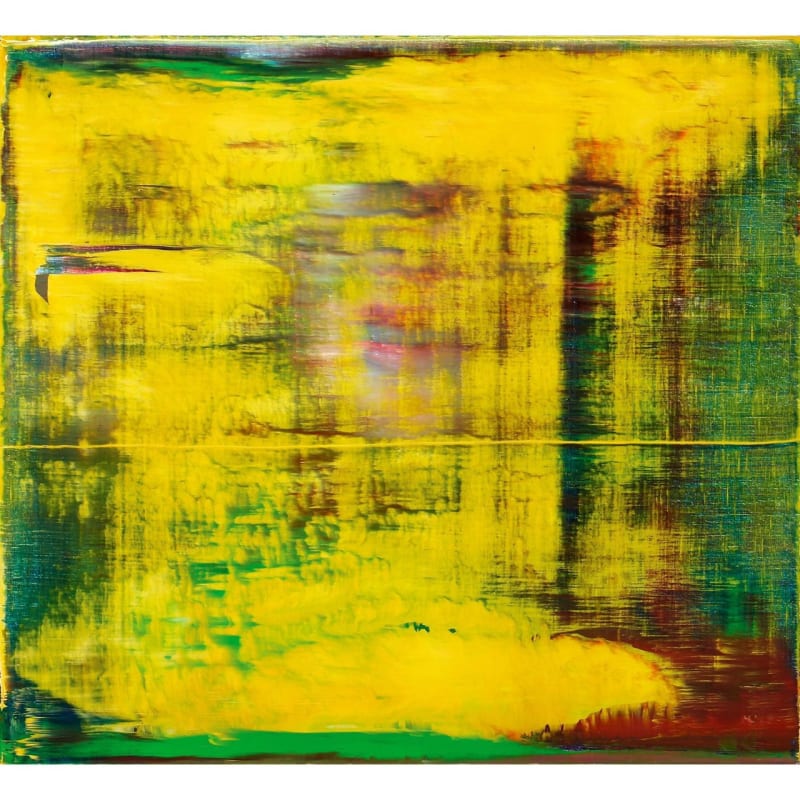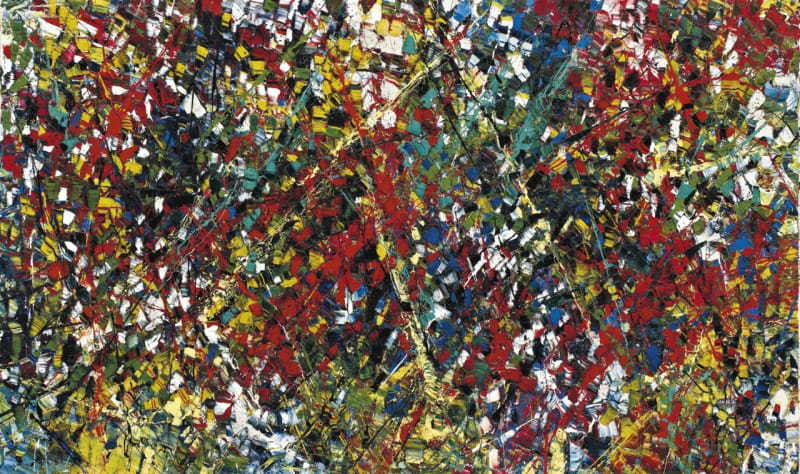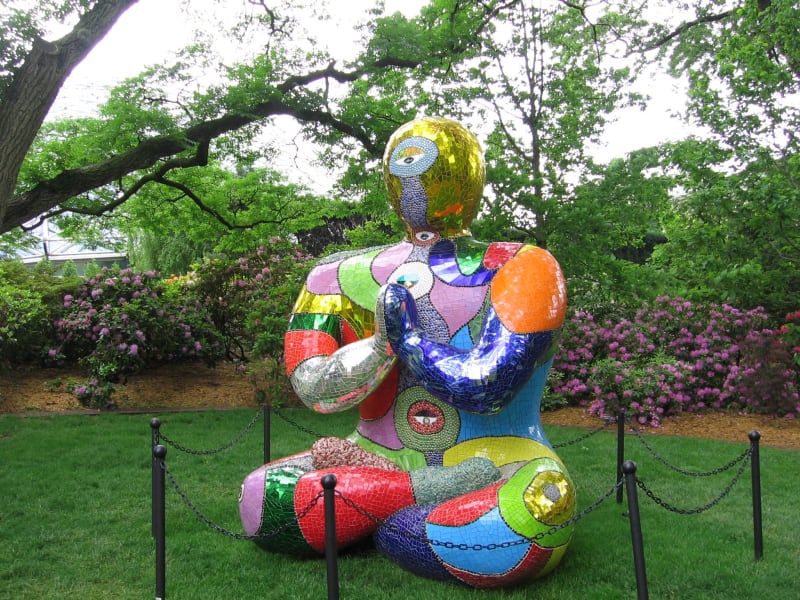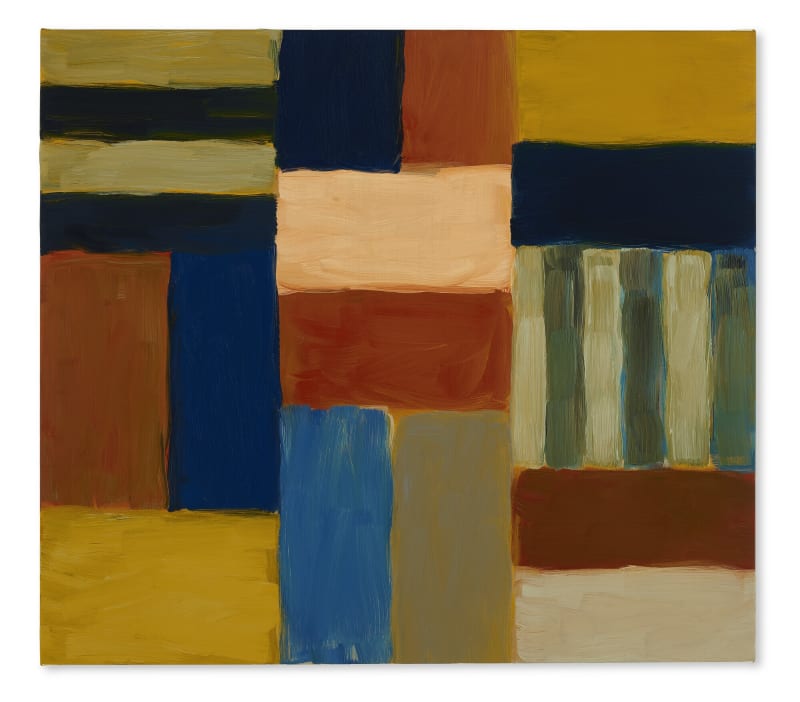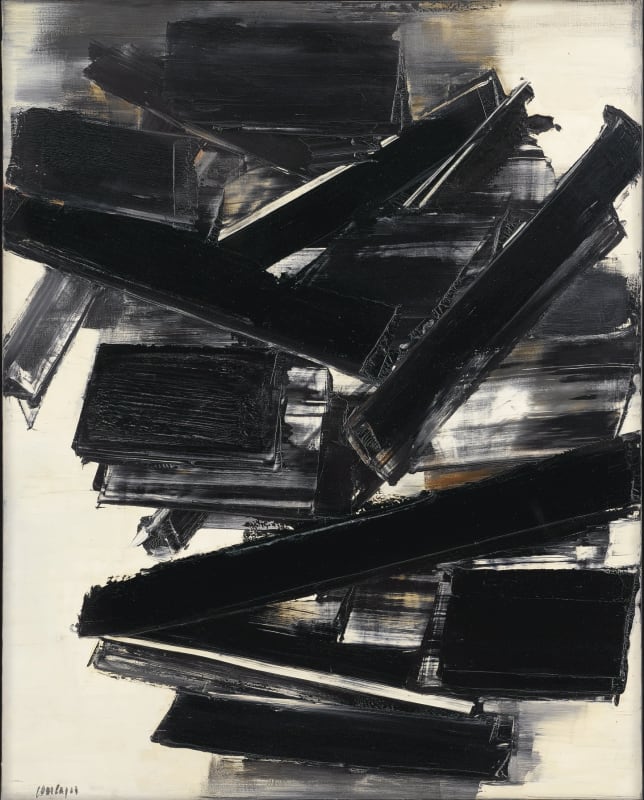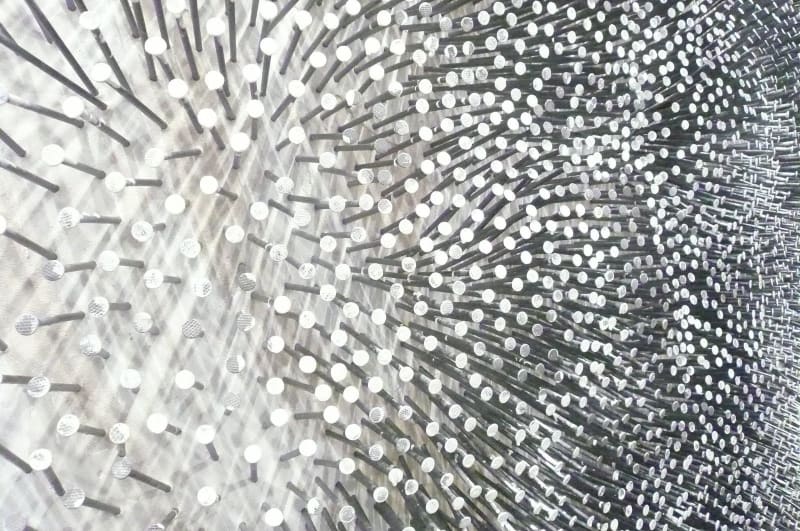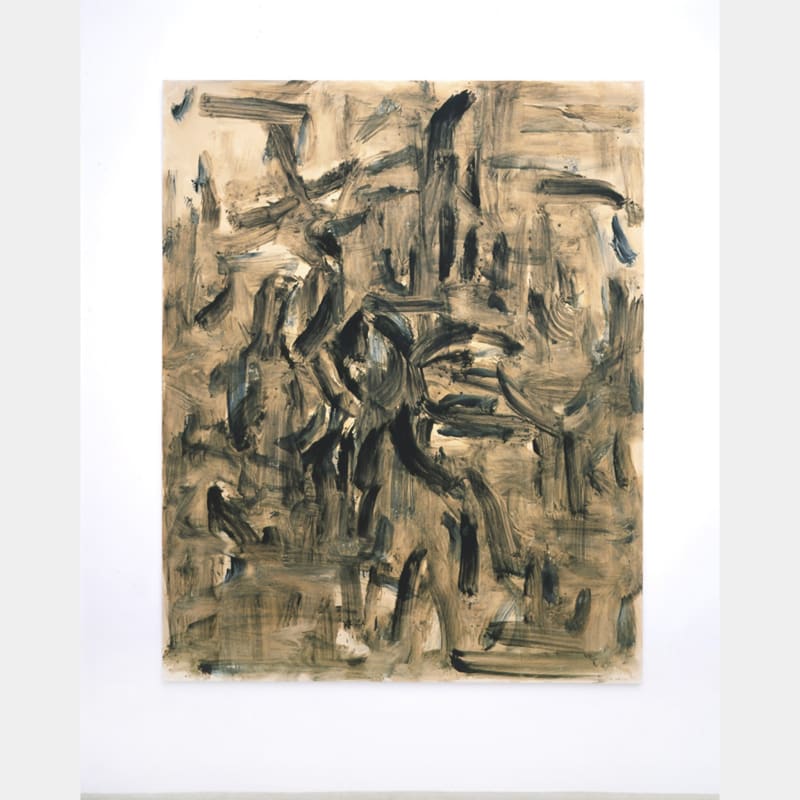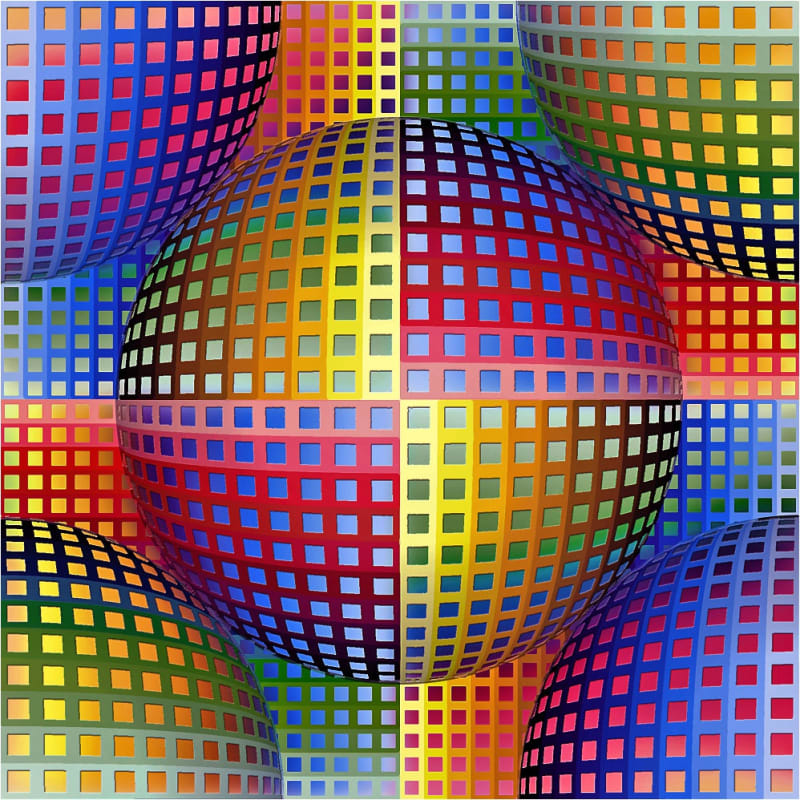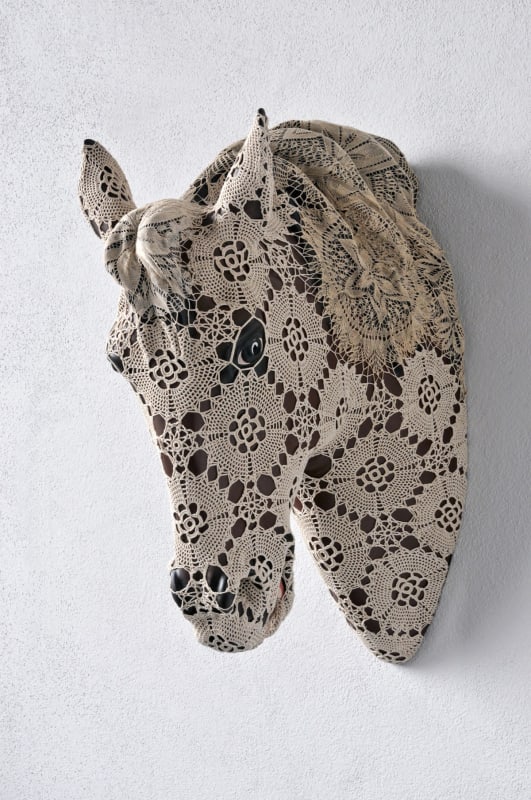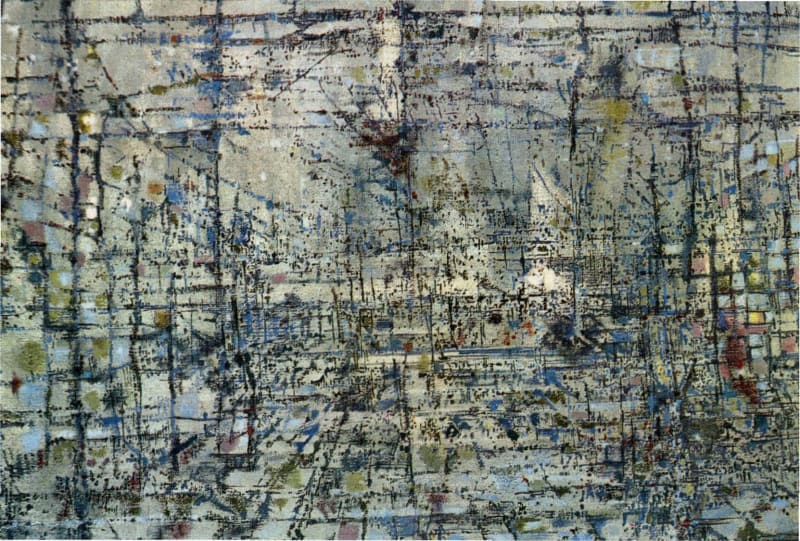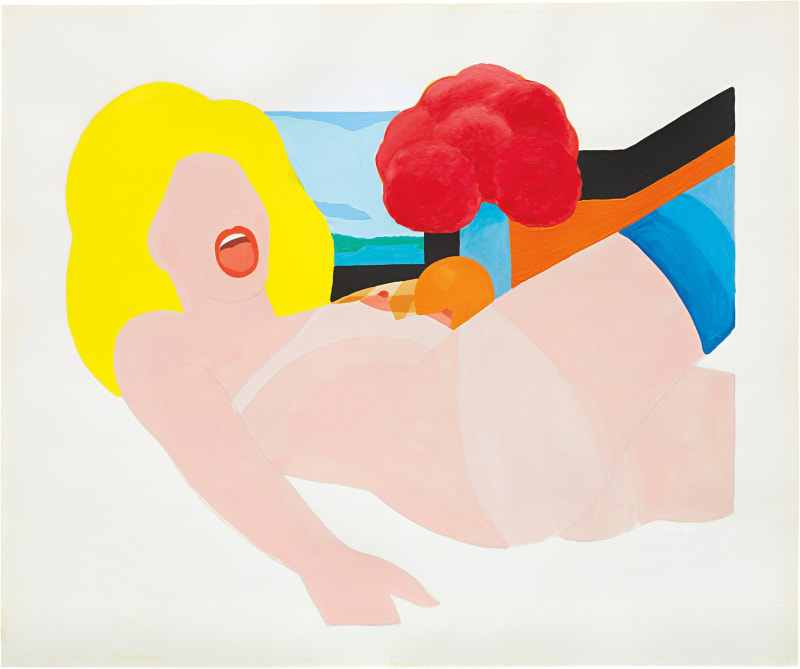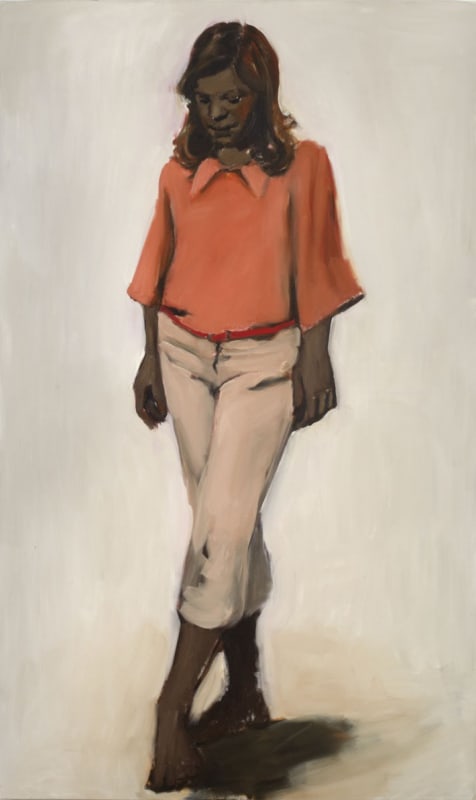Post-War and Contemporary
-
Yaacov Agam
-
Ai Weiwei
-
Josef Albers
-
Ghada Amer
-
Harold Ancart
-
Karel Appel
-
Arman
-
Miquel Barcelo
-
Jean-Michel Basquiat
-
Alighiero Boetti
-
Cecily Brown
-
Alexander Calder
-
Anthony Caro
-
John Chamberlain
-
Christo and Jeanne-Claude
-
Chuang Che
-
Chun Kwang Young
-
Robert Combas
-
George Condo
-
Jean Dubuffet
-
Tracey Emin
-
Zeng Fanzhi
-
Lucio Fontana
-
Sam Francis
-
Lucian Freud
-
Adrian Ghenie
-
Sam Gilliam
-
Subodh Gupta
-
Keith Haring
-
Hans Hartung
-
Damien Hirst
-
David Hockney
-
Hans Hofmann
-
Robert Indiana
-
Jasper Johns
-
Anish Kapoor
-
Anselm Kiefer
-
Kim Tschang-Yeul
-
Willem de Kooning
-
Yayoi Kusama
-
Sol LeWitt
-
Robert Longo
-
Marino Marini
-
Georges Mathieu
-
Roberto Matta
-
Joan Mitchell
-
Francois Morellet
-
Robert Motherwell
-
Vik Muniz
-
Takashi Murakami
-
Wangechi Mutu
-
Yoshitomo Nara
-
Claes Oldenburg
-
Yan Pei-Ming
-
Sigmar Polke
-
Richard Prince
-
Mel Ramos
-
Gerhard Richter
-
Bridget Riley
-
Jean-Paul Riopelle
-
Niki de Saint Phalle
-
Sean Scully
-
Pierre Soulages
-
Frank Stella
-
Rudolf Stingel
-
Günther Uecker
-
Lee Ufan
-
Victor Vasarely
-
Joana Vasconcelos
-
Maria Helena Vieira da Silva
-
Andy Warhol
-
Tom Wesselmann
-
Franz West
-
Christopher Wool
-
Lynette Yiadom-Boakye
-
Zao Wou-Ki
